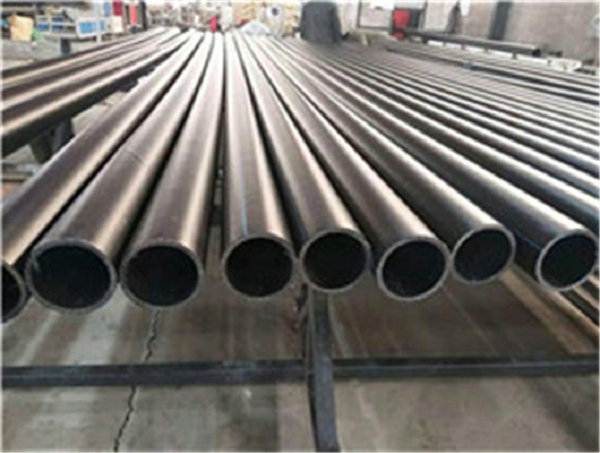Polyurethane Solid Launders Is The Tailings Hydraulic Conveying Facilities Often Built By Wear-Resistant Polyurethane, Concrete, Reinforced Concrete Pouring Or Prefabrication, Or Masonry With Masonry Materials.
Polyurethane Solid Launders Can Also Be Welded By Steel Plate.Polyurethane Launders Maintenance And Repair Is Convenient, And Can Be Carried Out Without Interruption Of Work, So Can Not Equipment Slot. Polyurethane Solid Launders. Shall Be Used For Tailings Transportation As Far As Possible When Local Conditions Permitsolid Launders Section Shapes Are Mostly Rectangular Or Trapezoidal. a Combined Section May Also Be Used For Polyurethane Launders With Large Variation Of Transport Flow.
a Wide And High Ratio Of The Cross Section Of The Flow Trough Is 2~4, And The Laying Slope Should Be Slightly Larger Than The Calculated Hydraulic Slope Of Tailings Transportation. If The Local Slope Is Too Large Than The Calculated Hydraulic Slope, The Falling Water Section Should Be Properly Set To Eliminate The Excess Water Energy And Reduce The Wear Of The Polyurethane Solid Launders Groove Wall.
For The Flow Trough Of Conveying Strong Abrasive Tailings. Can Be Thickened Groove Wall Reserved Wear Layer Or Lining Cast Stone Lining Plate, Extend The Service Life Of The Flow Groove.
Polyurethane Solid Launders Laying Methods Have Three Types: Open, Hidden And Buried. Clear Design Of Flow Trough Through The Crowded Section Or High Slope Section, Should Be Added Cover Plate To Prevent Rolling Stone, Collapse Or Human Factors Caused By Blockage Accident. Some Elevated Flow Troughs Use The Extension Part Of The Bottom Of The Trough As The Bridge Deck For Maintenance Personnel To Pass, Operation, Not Only Facilitate Maintenance Work, But Also Save The Cost Of The Project.
When The Angle Of The Flow Groove Is a Curve, The Radius Of Curvature Should Not Be Too Small (Often More Than 5 Times The Width Of The Groove); When The Angle Is a Broken Line, The Angle Of Each Angle Should Not Be Too Large (Often Less Than 45). ) To Improve The Flow Conditions Of The Tailings Slurry.
The Construction Slope And Roughness Of The Flow Trough Are Difficult To Be Uniform, And When The Tailings Flow In The Trough, The Sedimentary Dunes That Move Forward Are Often Produced, And The Water Surface Is Wavy. Therefore, In Addition To Meeting The Requirements Of The Cross Section, The Height Of The Flow Groove Should Also Have a Larger Water Surface Ultra-High (0.2~0.5 m), And The Outer Groove Wall Of The Corner Should Also Be Higher Than The Inner Side, So As To Prevent The Slurry Overflow Caused By The High Water Surface Obstruction At The Corner.



